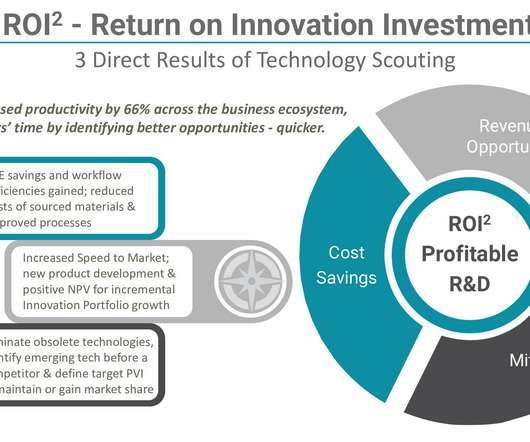Harnessing the Power: Proven Team Collaboration Best Practices
Leapfrogging
APRIL 15, 2024
Importance of Team Collaboration in Modern Work Environments In today’s fast-paced business climate, characterized by disruptive technology and virtual workspaces, team collaboration is more crucial than ever. These tools can include messaging apps, video conferencing software, and digital whiteboards, among others.















Let's personalize your content